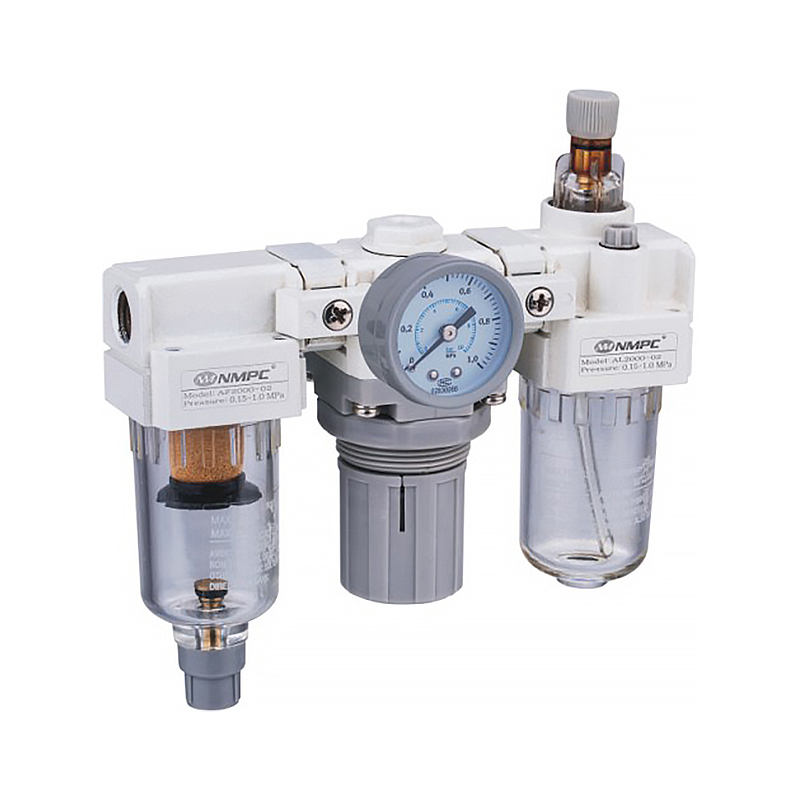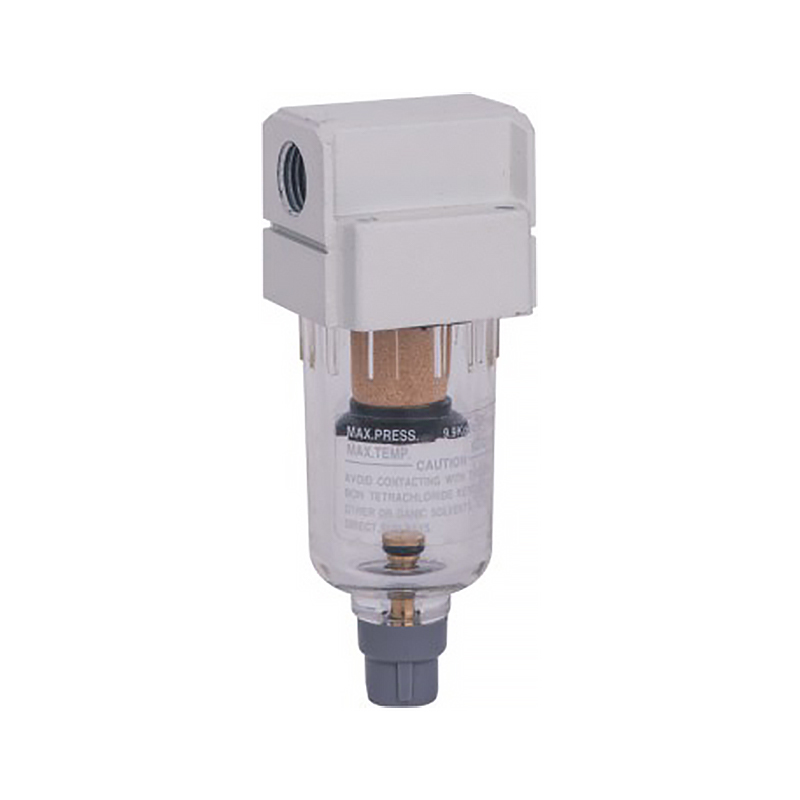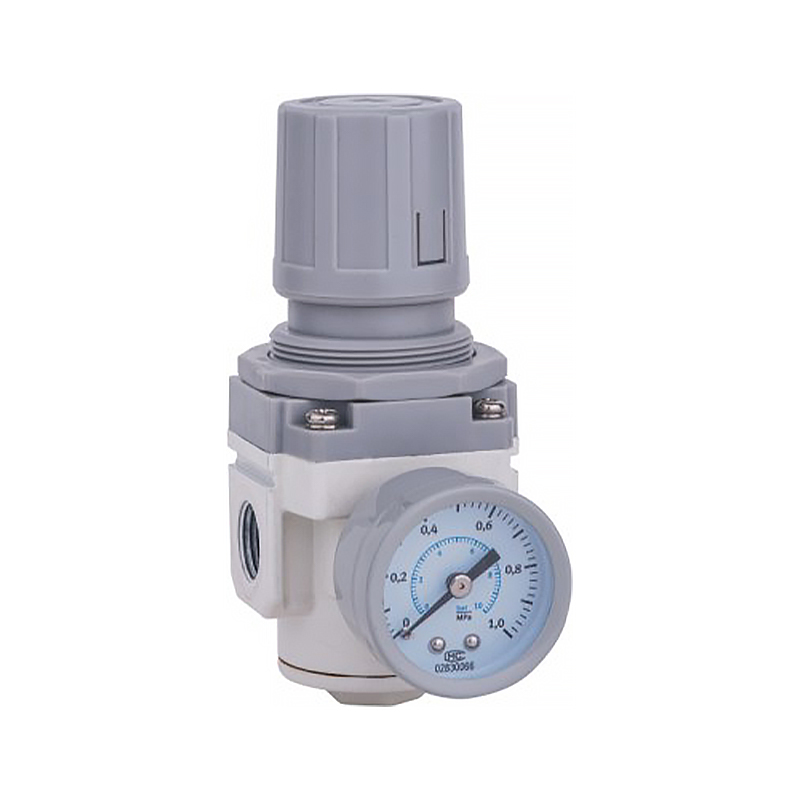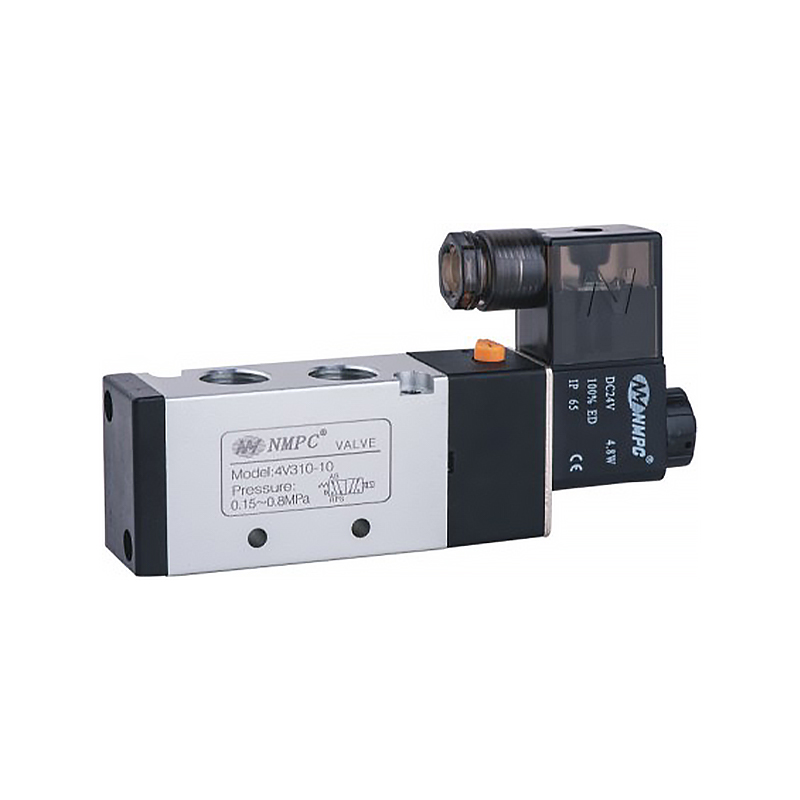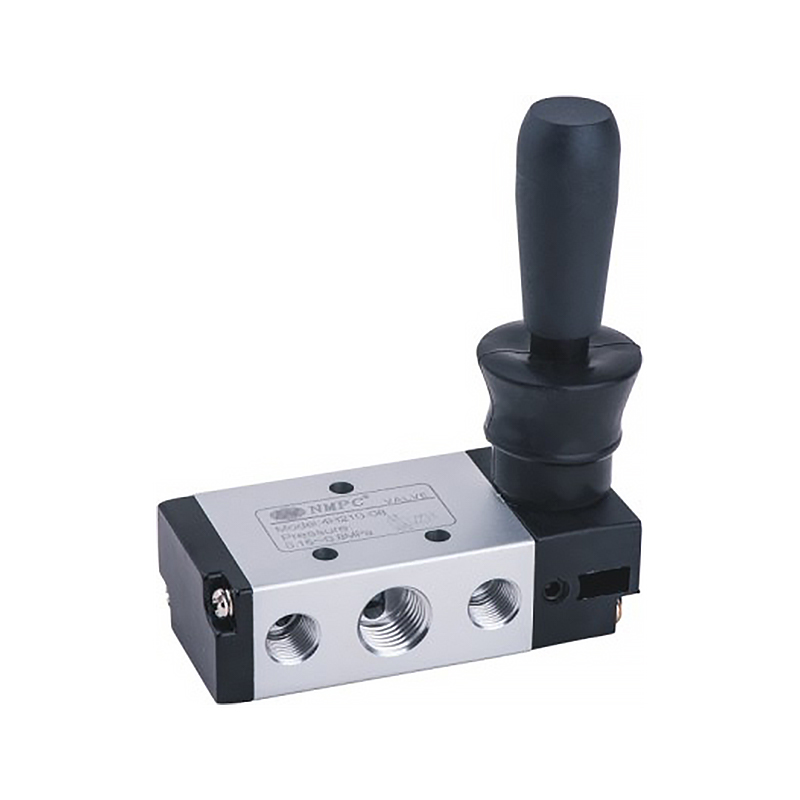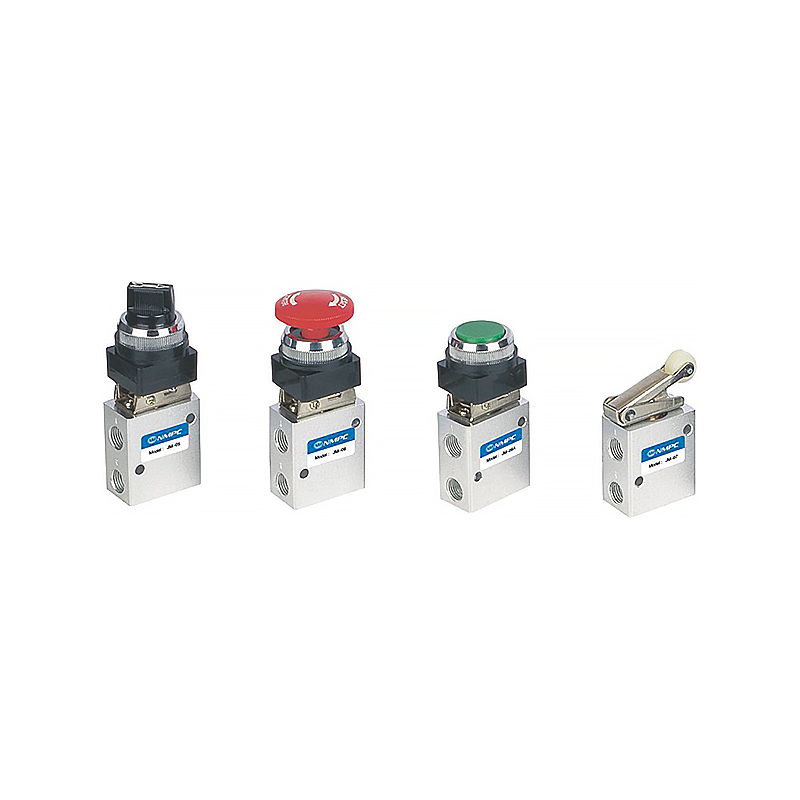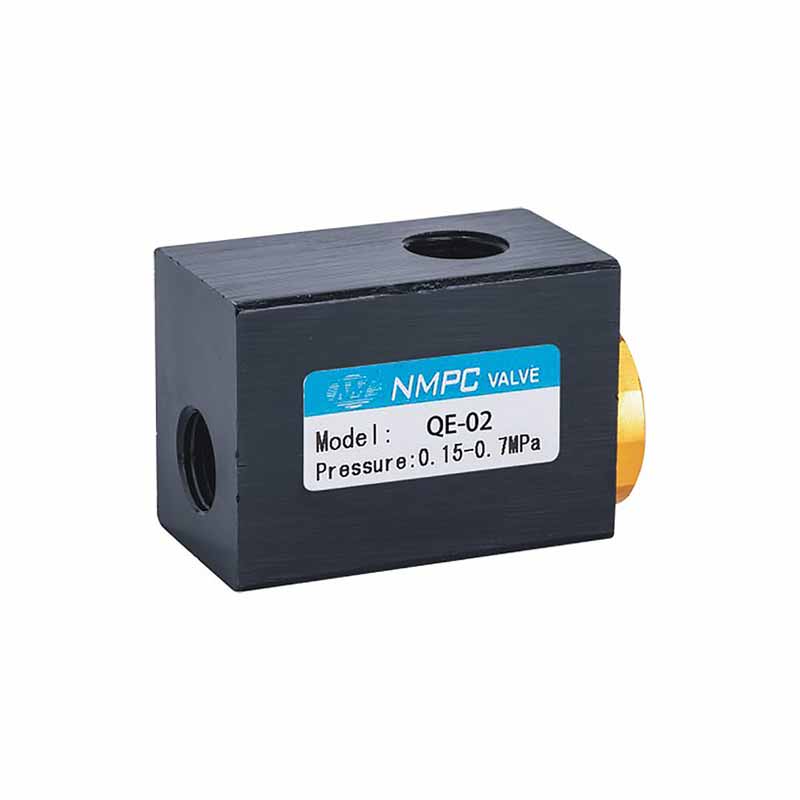Copyright 2022 © Ningbo Xinmadi Automation Technology Co., Ltd. All Rights Reserved.

The first component in an FRL is a filter that removes particulates, water, odors and other contaminants from compressed air. The next element is the regulator that adjusts the air pressure to a specific level. The lubricator should be mounted after the regulator and before any pneumatic device that needs lubrication to prevent the lubricant from over-saturating or damaging the equipment.
Mist-type lubricators use an adjustable needle valve and an ejector nozzle to create a fog of oil vapor and should be mounted close to the pneumatic device that requires lubrication. Since the oil mist does not travel upwards, it is also important to route hoses and tubing carefully to avoid creating a 'trap' for the lubricant.
Wick-feed lubricators feature a porous bronze wick in an oil reservoir that draws up oil via capillary action and delivers it to pneumatic devices through the air flow. These lubricators are a good choice when a single-point lubrication system is required and the device needs to be shut off before refilling.
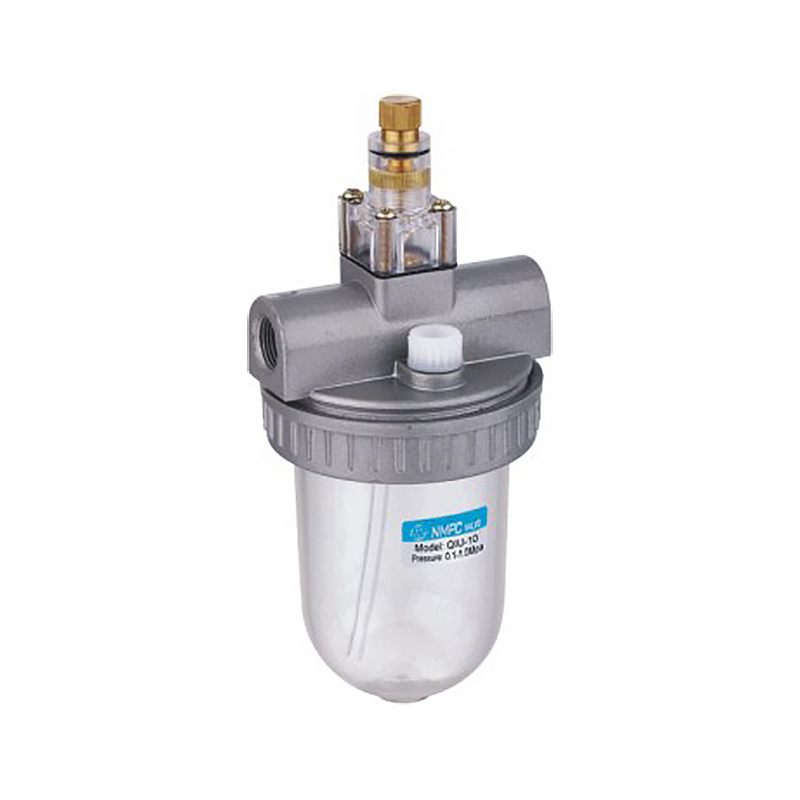

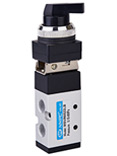
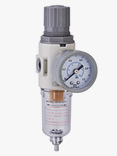
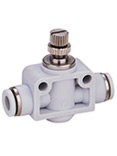
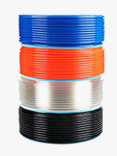
 简体中文
简体中文 English
English